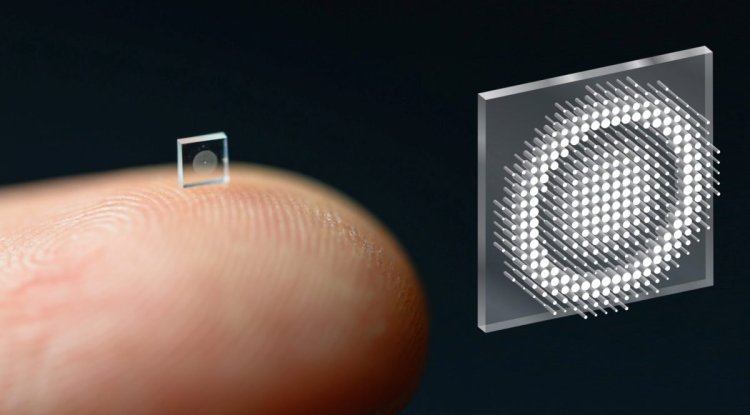Researchers have developed a salt-sized camera
Researchers at Princeton University and the University of Washington have developed a recording system that is the size of a grain of salt

Researchers at Princeton University and the University of Washington have developed a recording system that is the size of a grain of salt. It is built on a so-called meta-surface with 1.6 million cylindrical pillars and can work just like a camera sensor.
Each pole acts as an optical antenna, receives light, shapes the optical wavefront, and then, thanks to AI algorithms, a high-quality image is developed in full color.
Traditional cameras use complex plastic and glass lenses that bend light to a sensor that sends signals electronically. The new solution relies on a meta-surface, which is, in short, a thin film with individual miniature elements developed to refract light in any desired direction, reports GSM Arena.
Returning to the camera, this meta-surface, and its cylindrical pillars are getting the right tube design and developing the right signal processing algorithm that can produce a real image. This allowed the metasurface camera to take a full-color photo instead of acting like a laser producing blurry, distorted images with a limited field of view.
The main application for this new type of camera is primarily medical - robots will be able to perform minimally invasive endoscopy for the diagnosis and treatment of diseases.
The construction of the metasurface is based on silicon nitride, which means that they can be quickly produced on a mass scale at a lower price than lenses for conventional cameras. This is the first time that researchers have used a design where optical technology is at the front end and neural processing works at the rear end. Experts believe that this breakthrough will open the door to "completely different ways of building devices in the future."





































